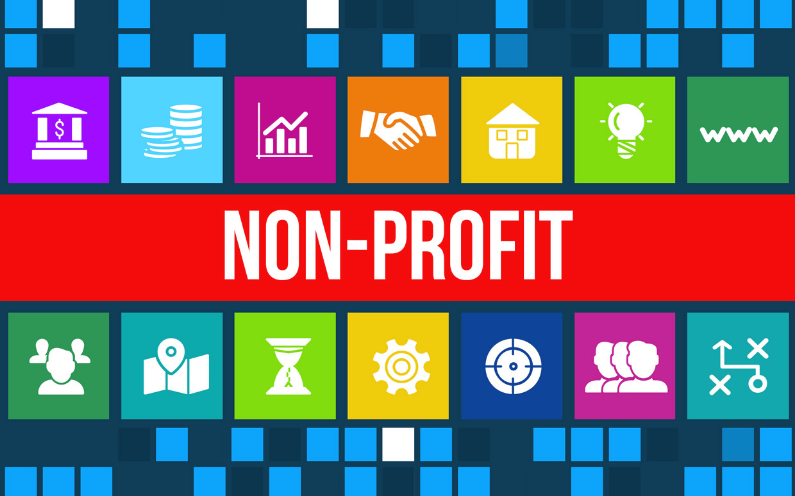When was the last time that you took a road trip without a map? Unless you are a gypsy in the wind, chances are you had some navigational guide helping to keep you on track. Sure there might have been the random pit stops that had you venture from the main route, but all in all you had a helping hand.
Marketing campaigns are essentially like one big family road trip where the entire family packs up and heads out for the summer. Without a clear understanding of where you are going, and how you are going to get there, you can wind up at Uncle Eddie’s trailer with no clue how to escape.
Twists, turns and tangents are to be expected, but having a steady navigational guide in your back pocket will ensure that your trip is a success. A charted path also ensures that any pivots or shifts don’t land you in a different destination.
Many nonprofit organizations turn to a digital marketing agency that specializes in working in their sector, such as the Your Business Marketer team.
Why You Need a NonProfit Marketing Roadmap
If the National Lampoon’s Vacation reference didn’t resonate, perhaps having a clear understanding of the process and how each plays into the overarching strategy will be more applicable. Marketing is like an intricately choreographed dance: one misstep and the entire performance is impacted.
Analysis
If your nonprofit marketing strategy is a road trip, the analysis phase is all about planning your stops. First of all, where are you going? The Grand Canyon is very different from the Smoky Mountains. Perhaps the campaign is for a specific project. Chances are it will include donors at some point.
Start by outlining the goals for the campaign. This critical first step will come into play throughout the process and allow your team to make critical decisions based on data. Avoid getting bogged down in the smaller details. Roadmapping is all about the bigger picture. Set goals or benchmarks at certain points through the campaign to make sure that everything stays on track.
Execution
Once everything has been planned, it is time to jump in the car and get on the road. It is as exciting as it is daunting, but knowing that you put the pieces in place before you pull out of the driveway should provide some comfort. Where many nonprofit organizations fall short is by not trusting the process.
You have to understand that there will be detours, point blank. Rarely will you find a marketing strategy that is so bulletproof that it needs no attention and can just run without adjustments along the way. Learn from the random pit stops, the same way your child will learn to use the bathroom the next time you stop for gas, instead of when you are 20 minutes down the road.
As the campaign progresses, monitor progress against the benchmarks established during the planning phase. If results are on target, you know that you are on the right track. In the event that they are not meeting expectations, dive into data to help you understand where to make changes and strategically devote resources.
Evaluation
Congratulations, you survived the family road trip! Even if you aged 20 years in doing so, now is the time to look back and evaluate your progress.
Did you meet your goals?
What did you learn?
How could you do better next time?
All of these questions and more will help your marketing strategy evolve to have a bigger impact when future campaigns are being planned and deployed.
In this phase, data is your friend. There are countless marketing tools that will shed light on where you hit the mark and where there is room for improvement. Perhaps you had a great open rate within your email marketing, but the click rate was low. Look for exceptions; there might have been some that performed better than others. These outliers can provide tremendous insight into what resonates with your prospects.
Macro—Not Micro—Tactics for Nonprofit Marketing
When it comes to roadmaps for nonprofit marketing, there are two very different approaches you can take: macro (or big picture) and micro (or nitty gritty). In macro, you take a 30,000 foot view, as described, and assess at critical junctures along the way. Micro is much more channel or platform-focused. For instance, only investing in organic social or events.
Both have strengths and weaknesses, but for most nonprofits, macro is the way to go. As mentioned earlier, creating a roadmap should be a high level, overarching strategy.
Sure, you could plan out each and every stop for gas and bathroom breaks, but what happens when you experience a bump along the way? It can completely derail the plan that you invested so much time into planning. Throw in the fact that anything granular will take additional time and resources and you have a recipe for disaster.
Keeping a macro approach will allow you to remain flexible and change strategy when needed. You will not be tied to a sinking ship without a lifeline.
Finding a Digital Marketing Agency
Some people find solace in planning out all of the details of their road trip, while others would prefer to book through a travel agency. It really boils down to preference and the resources at hand. Teams that have the understanding and time to devote to creating a roadmap and fully executing a digital strategy can be incredibly successful. If time and resources are in short supply, the best option is to go with a team of experts that can act as an extension of your team.
The Your Business Marketer team is full of digital marketing experts who understand the complexities of nonprofit organizations and the struggles that they often encounter in the marketing world. Whether your campaign is going full throttle or you are broken down on the side of the road, we are here to help. Connect with our team to learn more about our services.

